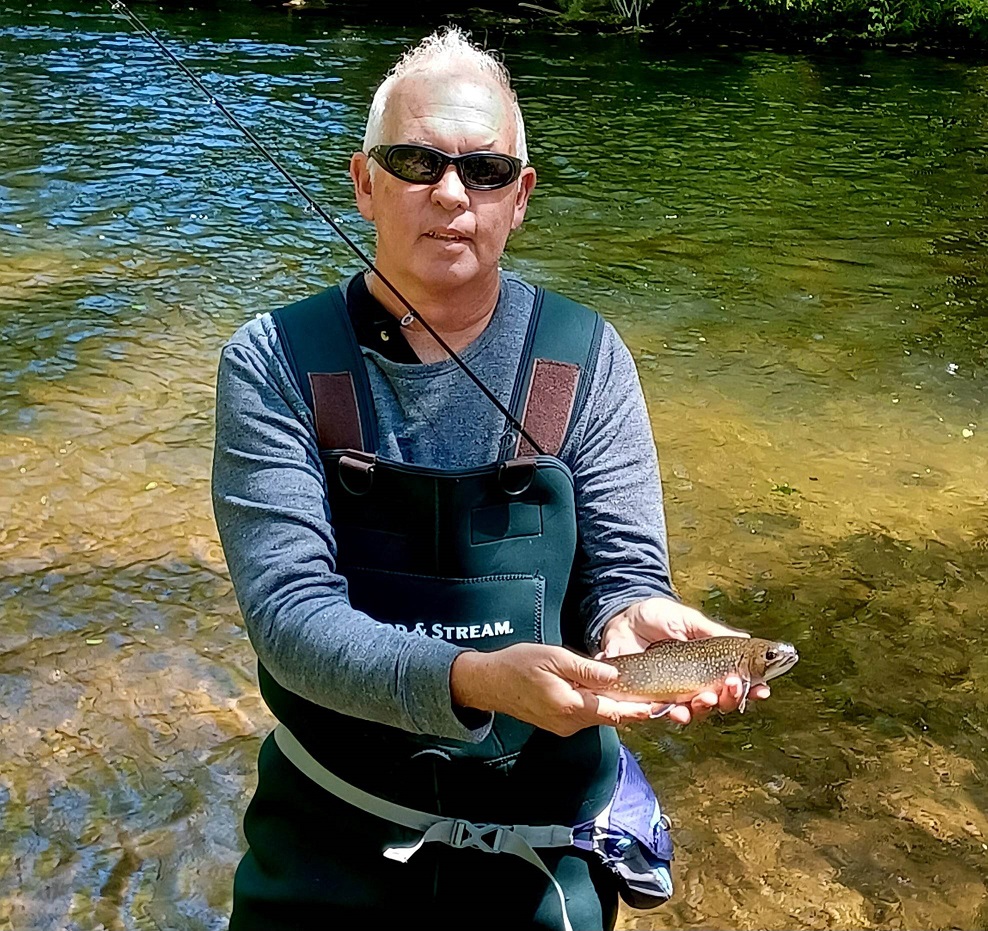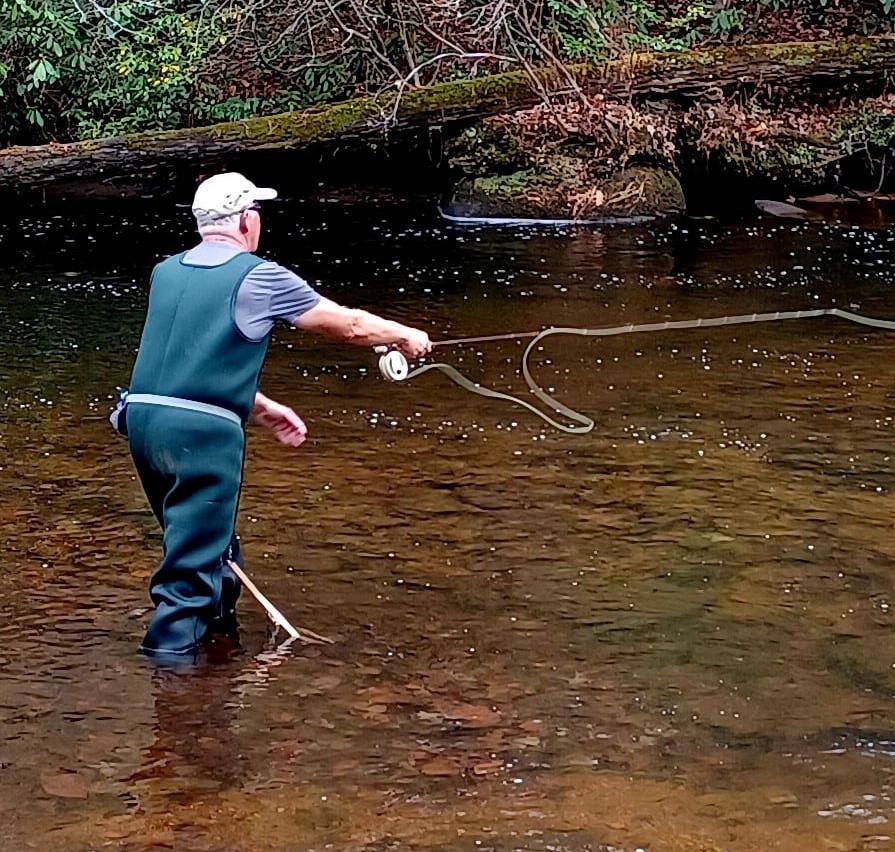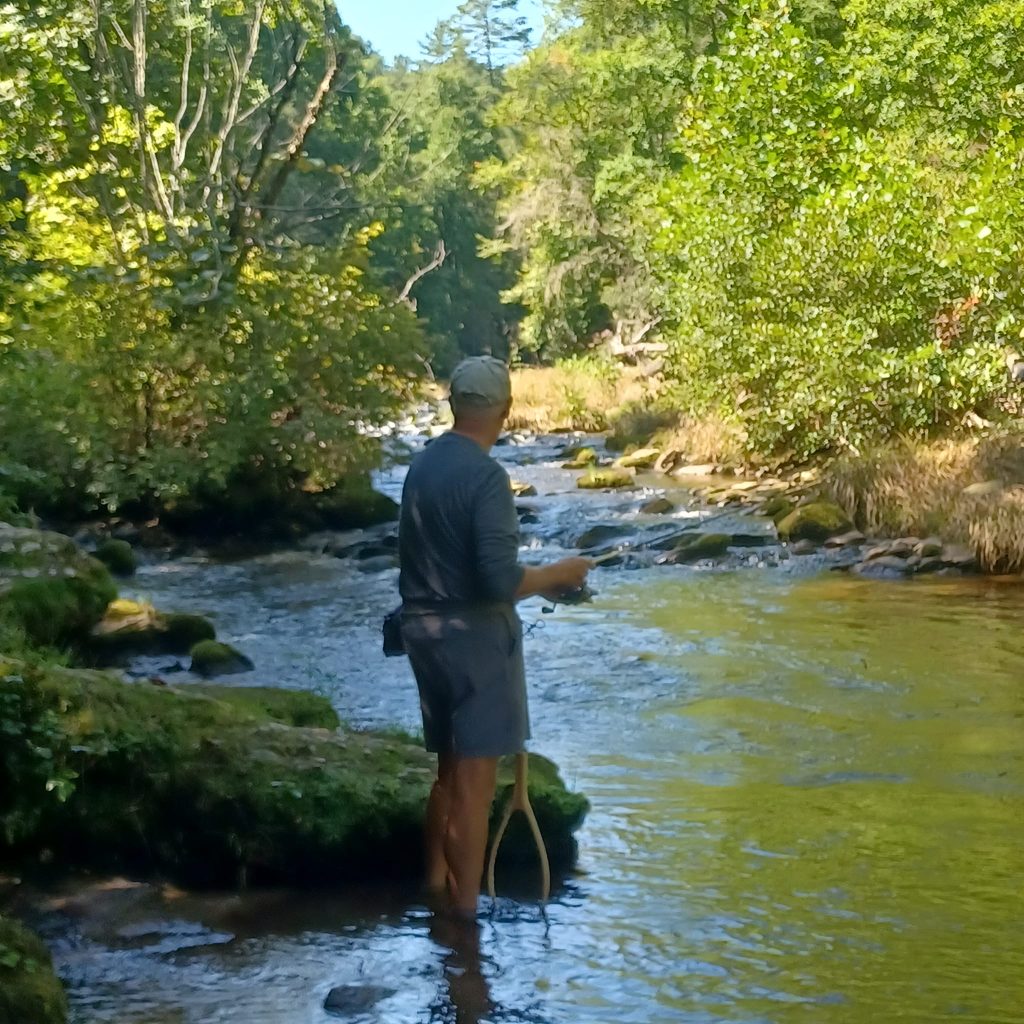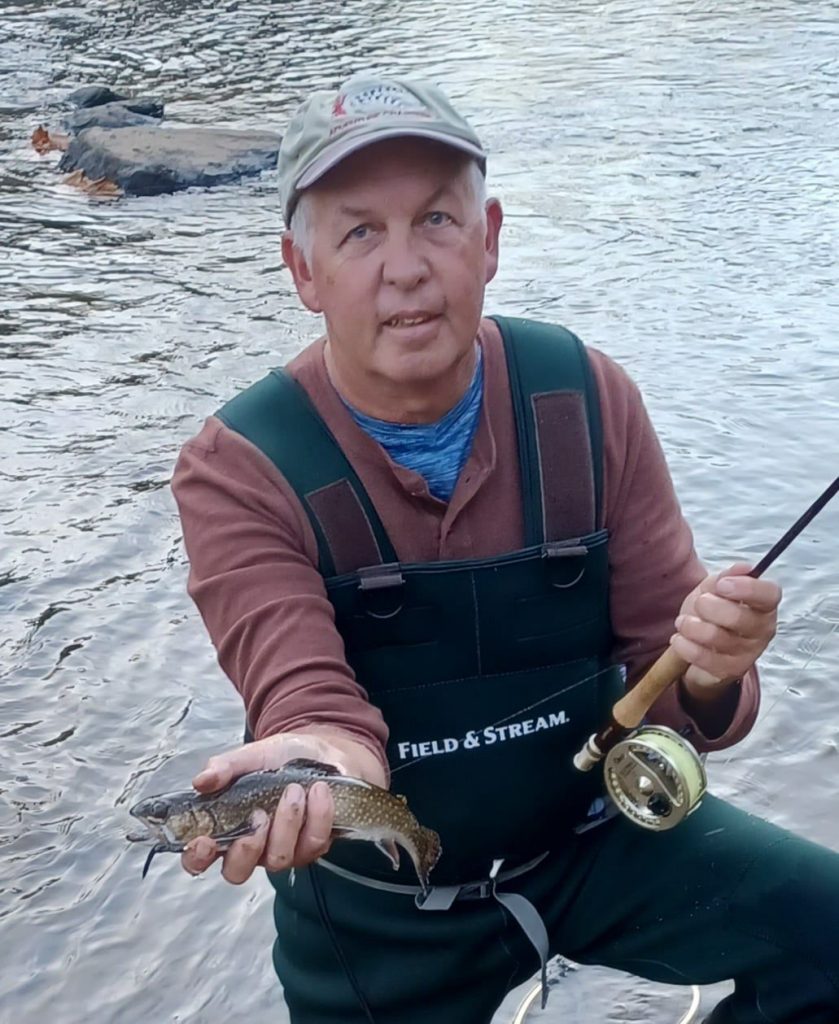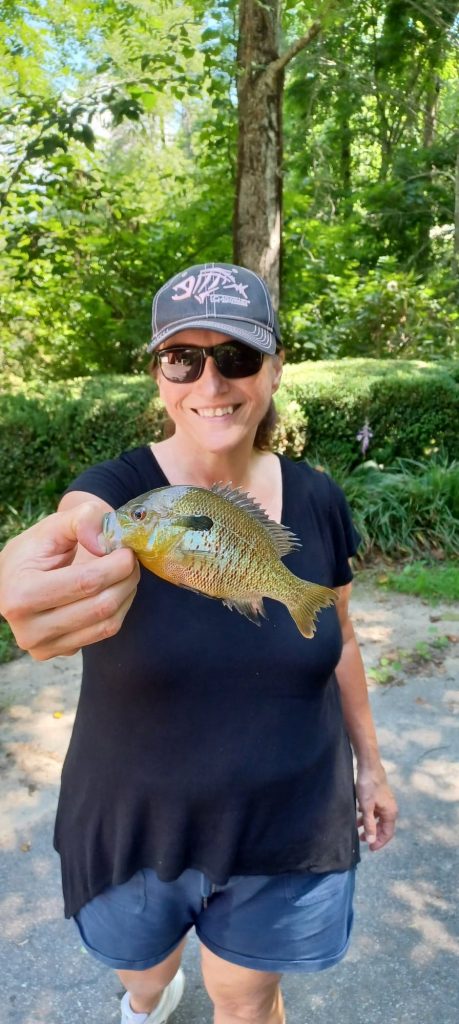Fishing the Cullasaja River
In this article I will thoroughly cover fishing the Cullasaja River in Franklin, North Carolina. This is a gorgeous little river that offers anglers the opportunity to catch brook trout, brown trout and rainbow trout. Both stocked and native fish are present. Further down river, smallmouth bass, largemouth bass, redhorse, and panfish are commonly caught species as well. Most of the bass are small, but still fun on ultra light tackle.
Read my comprehensive article on fishing in Franklin North Carolina
Call Capt Jim at (941) 371-1390 or e-mail captjimklopfer@gmail.com
The Cullasaja River is relatively short at 23 miles in length. It begins in the resort town of Highlands and flows north until it empties in the Little Tennessee River. The first half of the river flows though a spectacular gorge before slowing a bit as it flattens out near Franklin.
Access to the Cullasaja River is very good along most of it’s length. State Road 64 parallels the river for most of way as it flows into Franklin. There are many pull-offs where anglers can park and walk a short distance to start fishing. Two excellent starting points are the bridges at Gold Mine Rd and Turtle Pond Rd. These are also convenient spots for stocking, resulting in good numbers of fish.
Fishing the Cullasaja River
As with all trout fishing, the easier the spot is to get to, the more angling pressure it will experience. Adventurous anglers have boundless opportunities to explore when fishing the Cullasaja River. However, care definitely needs to be taken as this is a rugged environment. Those who brave it will find some unspoiled fishing, often for native brook and rainbow trout. There are numerous tributaries to explore as well.
Wading is the primary method used when fishing the Cullasaja River. It is too small and rugged for a raft or even a kayak or canoe, at least in the upper reaches. As the river flattens out near Franklin, a kayak or canoe certainly becomes an option. I personally have never seen a raft on the river, there just isn’t a lot of access for that type of craft.
Read more about guided fishing in North Carolina
There are also quite a few smaller creeks for anglers who enjoy the ‘blue lining” style of fishing. This basically means exploring small creeks, which appear as blue lines on maps. This is technical fishing, mostly for smaller native rainbow and brook trout. Buck Creek is a prime example, but there are many creeks that anglers can explore.
Fishing the Cullasaja River near Franklin, North Carolina
The Cullasaja River changes in character further down river as it approaches Franklin, North Carolina. It becomes more of a meadow type stream as it flattens out. The river is easy to wade and has good numbers of fish. The easiest access is off of River Road, which parallels the river at various points. Anglers can even fish the mouth of the Cullasaja River where it empties into the Little Tennessee River at the Greenway Parks Salali Lane entrance.
Considering the convenience and ease of access, the Cullasaja River really does not get a lot of fishing pressure. I suppose many anglers are attracted to the more glamorous waters such as the Tuckasegee and Nantahala Rivers. It is an excellent option for anglers with only a few hours of fishing time to wet a line and catch a few fish.
Cullasaja River fishing techniques
Two basic techniques are used by anglers fishing the Cullasaja River. These are spin fishing and fly fly fishing. Many anglers associate mountain trout fishing with fly fishing, and for good reason. However, spin fishing can be very productive as well and is generally easiest for novice anglers.
Anglers fly fishing the Cullasaja River will do best going fairly light. A 3wt or 4wt outfit with a floating line is all that is needed. Anglers exploring smaller creeks will often go even lighter and use a shorter rod. 6X leaders should work fine, though bumping up to 7x may result in more takes, especially if the water is very clear.
Fly selection can run the gamut. One good option is to check in at Fish Tales Outfitters in Franklin to get some current local information. Attractor patterns such as coachman and hoppers are often a good start. Caddis is always a good option. Yellows and greens seem to work well. A #12 or #14 yellow Sally is a good fly to start out with. Sulphers and Adams will also produce.
The standard nymph patterns that produce in the area will do fine as well. Hares ear and pheasant tail nymphs in #12 are productive. Pat’s rubber leg flies are very popular in this area as well.
My personal favorite fly is the versatile wooly bugger. I enjoy fishing with streamers and have a lot of confidence in them. Streamers will also at times catch larger fish. This also makes fly selection very easy. It can be tough to beat a #8 black wooly bugger drifter through a pool or run!
Spin fishing for trout
Anglers spin fishing will do well using ultra light gear. I like a 6 ½ foot ultra light fast action rod with a matching reel spooled up with 4 lb monofilament line. I like the stretch of monofilament when fishing such light line. Some anglers will even go down to 2 lb line to bet more bites, but the margin for error is quite low when doing so.
My favorite lure by far for fishing the Cullasaja River is a 1/16 ounce original Worden’s Rooster Tail spinner. I like this better than other spinners due to the light weight. It hangs up less and puts out a lot of flash. A slow, steady retrieve works best. Black with a gold blade and rainbow trout with a gold blade are my top colors. White with a silver blade can produce on sunny days.
The best presentation is to cast the lure across the current and then let it flow down stream while turning the crank just fast enough to keep the blades turning. Bites will often occur as the spinner swings in the current, much like swinging a nymph. It is a versatile lure that can be fished deep or shallow. Finally, they are offered in single hook versions to facilitate a safe release.
Trout Magnets are effective lures that are easy to use as well. They are basically ultra light jigs that are often fished under a float. Small spoons and plugs can be used in the deeper pools on the lower stretches.
I personally do not use live bait or the myriad of prepared baits. There are many commercial baits than can be used. Most are bright in color and appeal to stocked trout. Worms and nightcrawlers also produce. These baits can make it difficult to release trout, but they are an easy way to catch a few stocker trout for the skillet.
More fishing spots close by
One nice aspect of this area is that there are things to do for the non angler. Those that don’t fish can explore Highlands or Franklin, take a hike, or have a nice coffee of lunch while the anglers gets in a few hours of fishing. This region of North Carolina is gorgeous and there are many cabin rental opportunities. It is also the gem mining capital of the country, for those interested in that.
There are other fishing opportunities in the area as well. The Tuckasegee River in Webster is only a half hour away. It is a larger river so care needs to be taken when wading. Many anglers float it with a guide. It is stocked heavily and is full of fish from October to June.
Cliffside Lake is very close to the Cullasaja River. It is a nice park with a trail around the lake. It is a great option for kids as well as anglers with less mobility. The lake has trout, bass, and a very good population of tasty panfish.
The Little Tennessee River is a short drive away and is a terrific smallmouth bass stream in the warmer months. It is easily accessed by wading anglers off of Needmore Road. Those with small boats, canoes, or kayaks can fish up from the dam in Lake Emory for bass, panfish, and trout. This area gets very little fishing pressure, despite being downtown. Cartoogechaye Creek is an easy stream that is heavily stocked.
Glenville Lake is a gorgeous mountain lake! It is the highest lake east of the Mississippi River at around 3500 feet. It has an excellent population of largemouth and smallmouth bass, trout, panfish, and even walleye. It is best fished from a boat, there are rentals at the southern end.
In conclusion, this article on fishing the Cullasaja River will help anglers catch more fish when visiting western North Carolina!
